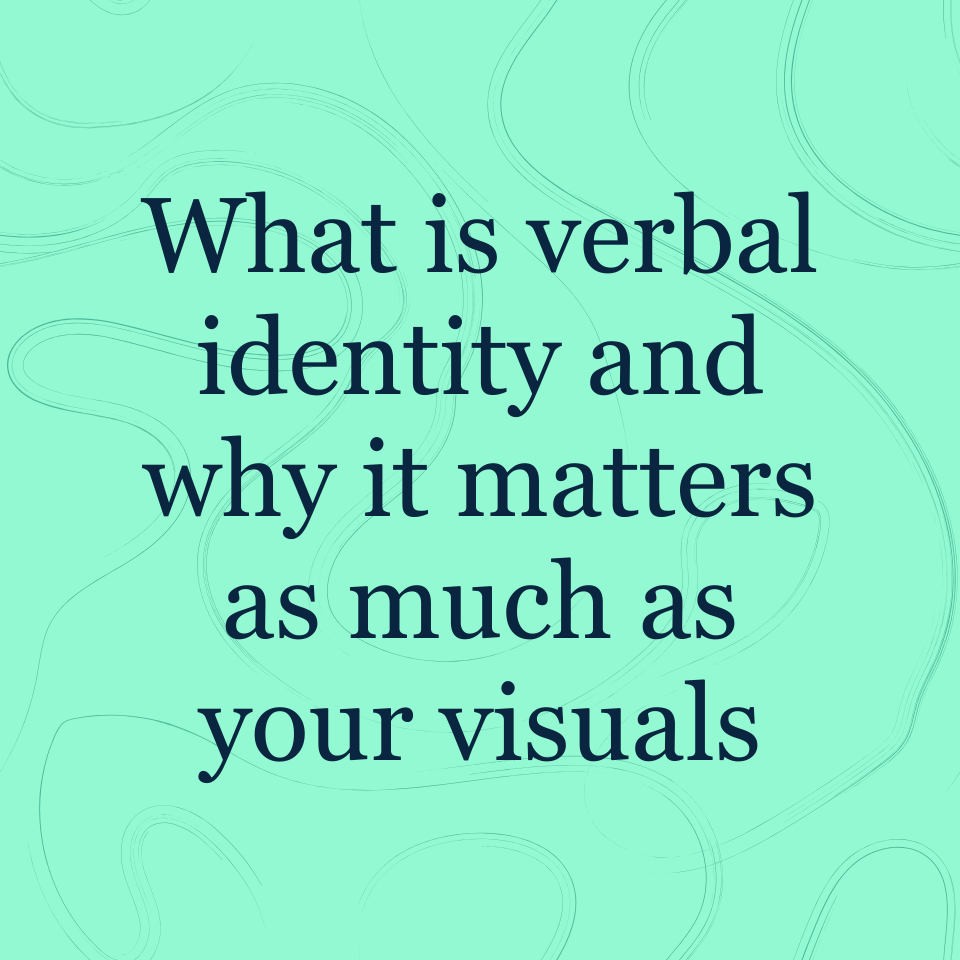Creating a memorable, resonant, and recognizable brand is crucial for standing out among competitors. A key factor that can make a significant impact is distinct brand assets. These assets — whether visual, verbal, or even experiential — are essential in establishing a brand's identity and ensuring it resonates with its target audiences. We’re going to explain why leveraging distinctive brand assets is critical to building customer recognition, fostering trust, driving purchase decisions, and ultimately customer retention.
What are brand assets?
Brand assets are the elements that make up a brand’s identity. They are the visual and verbal expressions that businesses send to customers, helping to shape perceptions, drive engagement, and create memorability. They may include:
- Visual assets: logos, color palettes, typography, photography, motion graphics, etc.
- Verbal assets: taglines, naming conventions, voice, and messaging tone.
- Experiential assets: retail environments, customer service, UI/UX, sonic branding, etc.
Distinct brand assets, which are unique and easily identifiable, play a crucial role in differentiating a brand in the marketplace.
The power of distinctive brand assets in building recognition and trust
Distinctive brand assets are essential in creating lasting recognition and fostering trust. By establishing consistent, recognizable elements — whether through colors, logos, or other visuals — brands make it easier for consumers to recall and engage with them. According to a 2023 report by Ipsos and Jones Knowles Ritchie, brands with clear, distinct identities are four times more likely to see customer engagement. Familiarity drives this recognition, as humans naturally gravitate toward familiar cues, making decision-making faster and easier.
For example, T-Mobile’s strategic and consistent use of its signature magenta color is a key asset that sets it apart in the telecommunications industry. When consumers see magenta, they instantly associate it with T-Mobile, reinforcing the brand’s unique identity as the “uncarrier.” This consistent application across all brand channels increases brand recall and establishes an immediate sense of familiarity and trust. In this way, strong brand recognition not only differentiates T-Mobile but also enhances purchase intent, as consumers are more inclined to buy from brands they know and trust.
Trust is a critical element in the decision-making process, and distinctive brand assets play a significant role in building and maintaining consumer trust. A unified brand experience across all customer touchpoints—whether online, in-store, or through advertising — signals reliability and reinforces authenticity. Consistency in messaging and visuals instills confidence that the brand will deliver on its promises, increasing the likelihood of purchase and loyalty. Ipsos research shows that brands with consistent brand assets across all channels see a 23% increase in revenue, demonstrating the value of a cohesive brand presence.
How memorable brands use assets to reflect their strategy
While familiarity builds recognition and trust, a memorable brand asset goes deeper, establishing an emotional connection that drives consumer preference. Research from Gallup shows that consumer brand decisions are 70% emotional and only 30% rational, underscoring the power of emotional resonance in brand choice. Brands that succeed in creating memorable, emotionally impactful assets foster loyalty and drive engagement.
Nike’s swoosh is a prime example. This simple logo didn’t gain its association with empowerment and athleticism overnight; it required decades of consistent brand investment and creativity to build it into the symbol it is today. The swoosh has been instilled with meaning and power. Now, when consumers see the swoosh they feel Nike’s brand values—strength, achievement, and determination—creating an emotional connection that makes Nike products a natural choice.
Similarly, Airbnb has embedded its promise of “belonging anywhere” into its brand assets. Through welcoming imagery, storytelling, and a tone of voice that speaks to its audience’s desire to feel at home anywhere, Airbnb creates an instant sense of connection and comfort. Customers feel an emotional alignment with Airbnb’s brand promise, which increases the likelihood of engagement and purchase.
Brands use distinct assets not just to stand out but to communicate deeper values. This emotional resonance is what makes these brands memorable, trusted, and ultimately more successful in fostering customer loyalty.
Leveraging distinctive brand assets for maximum impact
To maximize the impact of your brand assets, it's essential to ensure they are aligned with your overall brand strategy. Here are a few actionable tips:
- Identify your distinctive assets: Take stock of the brand elements that are unique to your business. These could be your logo, tagline, color scheme, or even your brand voice. Ensure these assets are easily recognizable and represent your brand’s core values.
- Ensure consistency across all touchpoints: Consistent use of brand assets across all platforms—whether digital, print, or in-store—helps reinforce brand recognition and trust.
- Evaluate and update your assets regularly: As your business evolves, so should your brand assets. Periodically assess whether your assets are still aligned with your strategy and if they continue to resonate with your target audience.
Distinct brand assets are more than just a visual or verbal identity—they are the foundation of building brand value through recognition, trust, and emotional connection with your primary audiences. When leveraged effectively, these assets can drive consumer engagement and significantly impact purchase decisions. Companies investing in distinctive assets that align with their brand strategy are moving toward building a memorable, trustworthy, and successful brand.
Want to know how effective your visual and verbal elements are in building business value? And whether or not they’re distinct? Download Northbound’s whitepaper here, which contains a free Brand Assessment Worksheet so that you can determine whether your brand is expressing its full potential.





